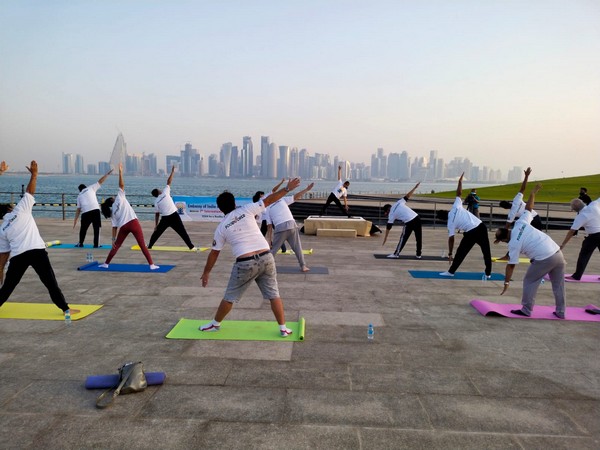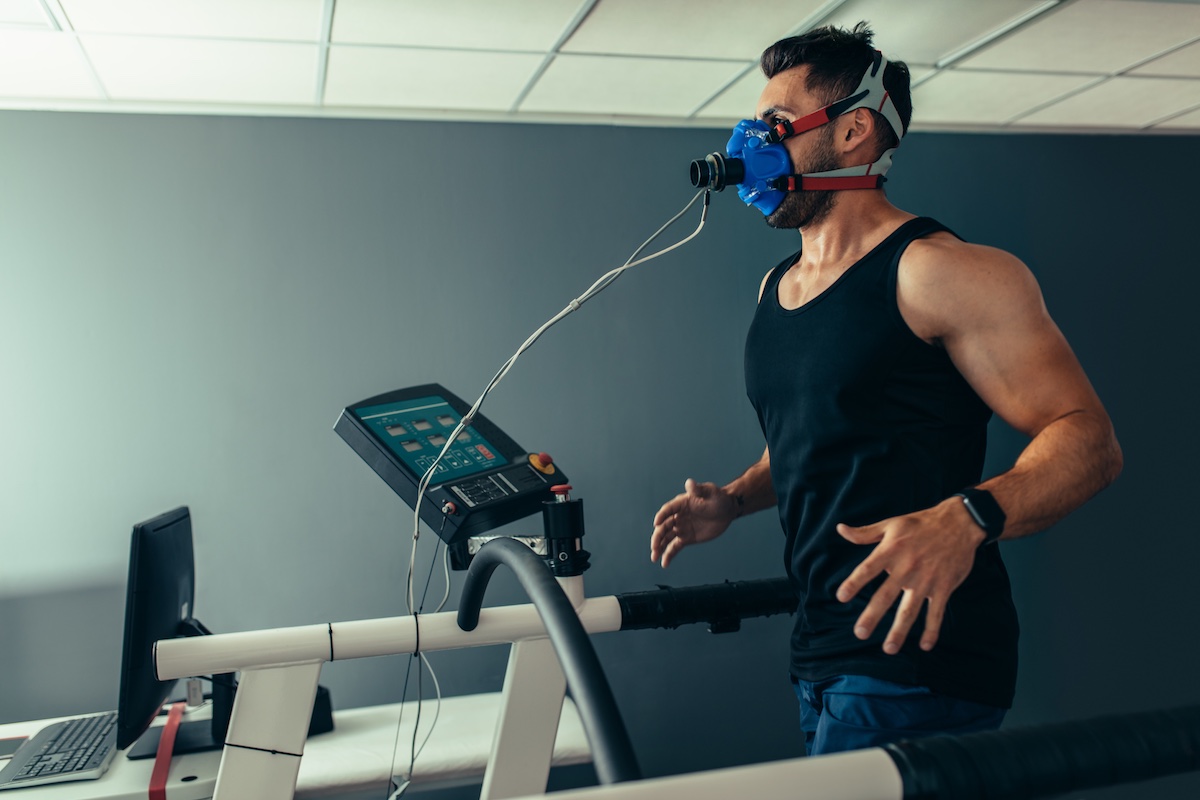
May 18, 2021 — Gyms and fitness centers typically see a rush of new clients in January and also when the weather starts getting better in springtime. This year, after a year of pandemic-related disruptions, those two trends could combine: People wanting to get back in shape and lose the “COVID-19” just in time to look better by the pool and beach.
But experts say exercisers and instructors need to be careful, or it could lead to a spike in cases of a rare but serious — even life-threatening — condition called rhabdomyolysis.
“We have an enormous number of people who have become less physically active over the last year or more,” says Eric Rawson, PhD, a professor of health, nutrition, and exercise science at Messiah University in Pennsylvania and a fellow of the American College of Sports Medicine.
“We have the opportunity for some bad things to happen in terms of an increase of cases” of the condition, which is more commonly known as rhabdo. “We’ve never had such a massive reduction in physical activity like this for such an extended period of time.”
What Is Rhabdo?
Rhabdomyolysis is a disorder involving muscle breakdown and damage. When muscles are injured, they release their contents, including a muscle enzyme, into the bloodstream. The enzyme can harm the kidneys and can cause kidney failure in up to 40% of cases.
The disorder is dangerous but rare. In one study, 22 people out of 100,000 were known to have it. It is easily treated but can lead to death in rare cases if it goes undetected.
The three main symptoms are:
- Muscle swelling
- Muscle weakness
- Dark urine or less urination
Other symptoms can include:
In addition to extreme exercise, it can be caused by trauma, drug use, severe dehydration, statins, and extreme temperatures.
It often happens when people are doing more of a repetitive resistance exercise than they are used to. And now, too many gym-goers could return and not realize that they are not as strong or as fit as they were before COVID-19 sent them home last March. Instructors and trainers need to make clear to newcomers that they should take it easy, stay hydrated, and work their way into fitness.
‘My Arms Were Like Jelly’
Marc Nair thought he’d try something different to ring in a new year: a calisthenics workout.
He and a friend were the only beginners in a class of experienced regulars, and the instructor didn’t modify their workout, which included 45 pullups in 30 minutes.
“It was tough, to say the least,” recalls Nair, who had been running and putting in high-intensity interval training beforehand.
Nair, a photographer and poet living in Singapore, went to a hospital. His urine was dark, and blood tests revealed rhabdomyolysis. It took a week of IV treatments in the hospital to lower the swelling and get toxins out of his bloodstream.
“My arms were like jelly,” he says. “I went for the calisthenics workout because I wanted to push myself a bit more. But clearly, it was not structured at a beginner level at all.”
Nair’s rhabdo happened a couple of years ago. He struggled at the gym for a few months but has been regaining strength — and even installed a pullup bar at home.
“I am definitely stronger than before, but I don’t think I will be going back to a calisthenics class. The problem, for me, was not the workout, but the trainer being unable to adjust the intensity of the workout based on the participants’ needs. And that is a bigger story about regulation in the fitness industry.”
Intense Classes
Marcelo Campos, MD, of Boston agrees that trainers and class instructors need to modify their approach for people who are not accustomed to difficult, repetitious workouts, even if they were before COVID.
“I wish trainers would be more mindful explaining to folks so they can tailor better and go slow and prepare your body,” he says.
Some clubs foster an aggressive, “get in shape fast” approach, and newcomers need to be careful that they don’t get into something that’s too much too soon.
“There is for some people a genetic predisposition,” he says. “Couple that with not hydrating well. Add on an intense workout — either strength training, typically, but it can also be cardio and cycling … and you increase your chances. People need to watch closely … when coming back after a break. They think they can do more intense workouts their first time, and that’s what puts them at risk.”
He and other experts advise:
- Starting slowly
- Building on goals as you gain strength, stamina, and confidence
- Staying well-hydrated before, during, and after exercise
- Not getting too hot
- Taking breaks
- Avoiding anti-inflammatory drugs like ibuprofen
- Avoiding alcohol, which contributes to dehydration
“If you start a new job, learn a language, try to play a musical instrument, it takes time,” he says. “Our muscles are not any different.”
And remember that while rhabdo is serious, it usually happens only after very intense, repetitious workouts. So know your limits and listen to your body, not peer pressure or a coach’s instructions to a group.
“People should not be afraid to start physical activity,” Campos says. “They just need to be mindful about what they are doing. It’s great that people are thinking about moving more. We need that. But just do it in a way that they can watch more closely to what is happening to their bodies and prepare their bodies for this.”
‘Just Don’t Overdo It’
Rick Mayo is a veteran trainer and gym owner, and he recalls getting rhabdo decades ago, before he had ever heard of it.
“I was in my early 20s, really into bodybuilding and lifting heavy,” he recalls. “And these guys bet me I couldn’t do 225 pounds for 100 squat reps unbroken.
“Everyone’s screaming and yelling, and the music’s blaring, and I just drank a bunch of coffee, and I was like, ‘All right, let’s do this.’
Over the next few days, his legs swelled up and hurt, and his urine was a cloudy, rusty color.
“I did not get treated, which in hindsight is a terrible idea,” Mayo recalls. “Thankfully, I didn’t have renal failure, but I could’ve. I was lucky that something worse didn’t happen to me.”
Mayo urges newcomers to take it easy and start slow. “Just don’t overdo it,” he says. “You want to get pushed. But to put you in the hospital because you’re trying to get fit is ridiculous. It’s just not necessary.”
Source: WebMD Health News






Leave A Comment
You must be logged in to post a comment.